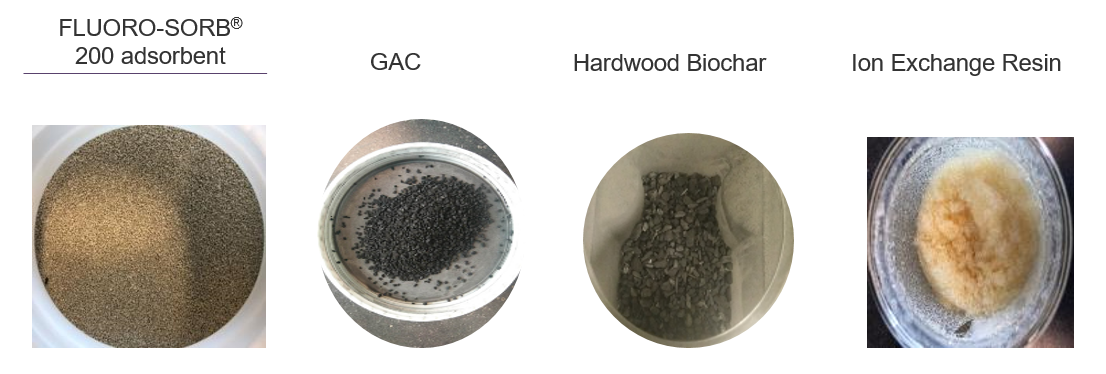Existing technologies for removing PFAS from landfill leachate include activated carbon, ion exchange, reverse osmosis, and deep well injection. The concerns with these technologies include pretreatment and residuals management. Deep wells must consider additional concerns beyond pretreatment, including long permitting times or haul distances to existing disposal wells and energy consumption. Further, these technologies are separation approaches instead of contaminant destruction. Incineration is used for spent activated carbon reactivation or other residuals, but there are air emissions and other concerns. Residuals management are troublesome and may transfer more concentrated fractions to solid waste and air media.
There are a number of PFAS destructive technologies, and most are in the laboratory evaluation stage. They frequently depend on high energy to break the tight carbon-fluorine bond, and many show long-chain carbon PFAS destruction, but are ineffective on shorter chain carbon fluorine destruction, or convert long-chain PFAS to short-chain PFAS.
Leachate pretreatment for adsorbent technologies poses significant complexity, as conventional constituent treatment technologies must first be employed to provide a liquid free from organics or other materials.
Innovative technologies that provide destruction have been employed for drinking water and groundwater PFAS removal applications, but have limited evaluation in a landfill leachate application. In our evaluations for a number of landfill leachate flows, we considered innovative destruction and separation technologies, including:
- Foam Fractionation;
- Electrocoagulation;
- Oxidation/Reduction;
- Sonolysis;
- Plasma; and
- Adsorptive Technology such as modified bentonite and polymers.
These technologies have shown initial destruction or separation success in reducing contaminants from 20–99% or more at varying capital and operating costs projections.
Of particular interest is newly developed separation media. We conducted bench tests that show almost complete long-chain PFAS removal from landfill leachate with minimal pretreatment (screening and bag filtration). The modified bentonite adsorbent (MB), including Cetco’s Fluoro Sorb® and others, have shown excellent removals with longer media life than activated carbon at lower costs in groundwater treatment applications. Further, studies by Western Michigan University show that discarded adsorbents after breakthrough can be stabilized with small amounts of Portand cement and admixtures that can prevent subsequent release of PFAS from solidified media when placed in a landfill.

Ivan Cooper
I hope the information in this blog will be helpful to all who have an interest in PFAS.
Thanks,
Ivan